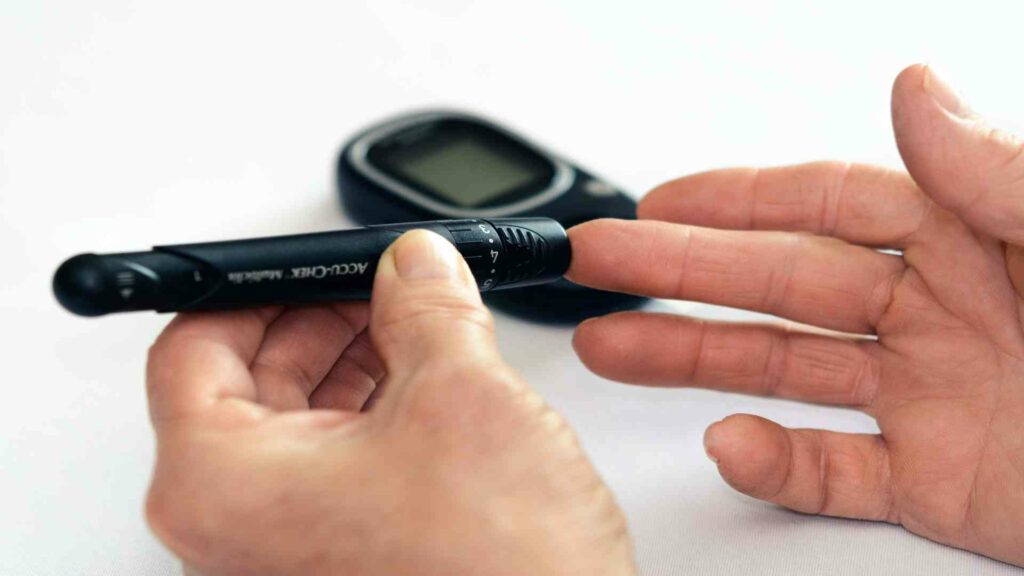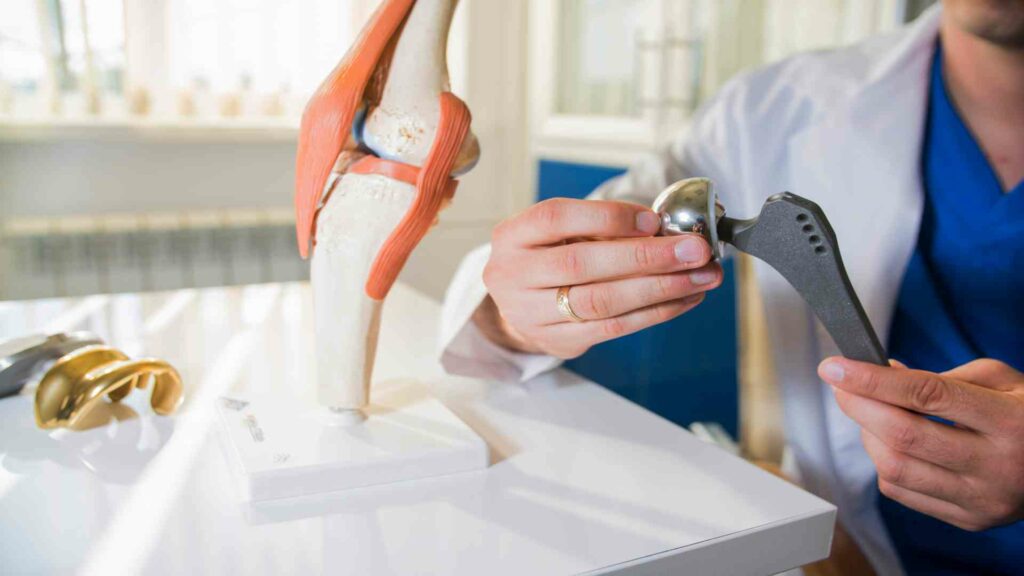Eye Wash Using Boric Acid
When it comes to eye wash solutions, boric acid is a common ingredient. This substance can be found in many over-the-counter (OTC) products designed to soothe and relieve irritated eyes. But why is boric acid used in these solutions, and are they safe to use?
![]()
Eye wash
Boric Acid and Eye Health
Boric acid (H3BO3) or hydrogen borate is a weak acid obtained from boron minerals. It is commonly found in OTC astringents and antiseptics. Boric acid is a white or colorless crystal in its native state, which can be powdered up and dispersed in water.
Despite being harmful if consumed orally, boric acid provides advantages when applied as an ingredient in eyewash products. Most ophthalmic solutions (for eyes) comprises boric acid, filtered water, sodium chloride (salt), and additional components to create an isotonic saline solution, which contains the same salt level as your blood. An over-the-counter eye wash typically contains very little boric acid—generally around 0.02%. It, therefore, presents no risk to the eyes or the tissues around them.
Also, boric acid has many other benefits regarding eye health.
- It has antiseptic and anti-inflammatory properties, which makes it ideal for inhibiting bacterial or fungal growth in the eyes, thus helping relieve mild infections.
- It is a buffering agent that keeps eye wash solutions’ pH levels stable.
- Additionally, when applied as a tonicity-adjusting agent, boric acid makes eye wash solutions compatible with the chemicals surrounding the eyes.
When to Use Boric Acid Ophthalmic
Eye washes containing boron are applied to wash, clean, and calm eye irritation, possibly due to foreign bodies (such as dust, smoke, chlorinated water), dry eyes, bacterial, viral, or fungal diseases, conjunctivitis, and so on. However, it is important to know that these should only be used for mild irritation.
When Not to Use Boric Acid Ophthalmic?
Avoid taking this medication
- if you have a boric acid allergy,
- if you experience serious eye pain, stinging, or burning, or have vision changes,
- at any open wounds or other skin injuries near your eyes,
- while wearing contact lenses as a preservative in this medication may be acquired by soft contact lenses and result in discoloration. After using boric acid eye wash, give yourself at least 15 minutes before putting in your contact lenses.
Since boric acid is a poor antibiotic, it should never be used without medical guidance.
How to Use a Boric Acid Eye Wash?
Based on the requirements and the solution, an eyedropper or eyecup is used to apply a boric acid ophthalmic. Here’s a step-to-step guide to applying eye wash with boric acid.
With Eyedropper
- Unseal the dropper bottle.
- Lean back and gently pull the lower eyelid downwards.
- Squeeze recommended drops into an eye.
- Blink a few times to spread the solution around your eyes.
- Wipe away any extra fluid near your eye.
- If required, repeat with the opposite eye.
- Replace the cap firmly after giving it a good rinse.
With Eye Cap
- Unseal the bottle.
- Fill the eyecup with the recommended amount of eyewash.
- Hold the cup up to your eye while leaning forward.
- Put a tight fit on the cup around the eye.
- Lean backward and raise your eyes.
- Make sure your eye is completely submerged in the liquid by moving it around.
- Remove the eye cup, lean forward, and pour down the cup’s content into the basin.
- If required, repeat with the opposite eye.
- Replace the cap firmly after giving it a good rinse.
The best choice is to opt for a disposable eyecup, but if you properly wash a cup with soap and hot water, you can reuse it. Just keep your fingertips away from the cup’s rim. Also, the ideal way to use this would be either standing over a basin or eye wash station.
How to Use This Safely?
When applying a boric acid ophthalmic, you should adhere to the safety advice listed below:
- Never use any liquid in your eyes unless it clearly says to do so on the label (ophthalmic use).
- Avoid using the eye wash that is expired.
- It is only intended for the eyes, so keep the medication away from the mouth, nose, and ears.
- Always take out your lenses before using the medication.
- Examine the bottle’s state and contents. If the eye wash bottle has visible leaks, don’t use it. Don’t use the eye wash solution if it seems foggy or discolored.
- Use clean hands to hold the bottle and eye cup safely. Avoid placing any bottle or eye cup parts near your eyes. Bottles and eyecups mishandled may get infected with bacteria like Staphylococcus species.
Boric Acid Eye Wash Side-effects
Boric acid eye drops are safe if used as instructed. After applying the eye wash, some persons may experience a momentary tingling sensation or blurriness. Adverse effects of boric acid ophthalmic are minimal and disappear within a few minutes or less.
Avoid using this in case of major side effects, like
- A reddened eye
- eye discomfort
- intense stinging or burning
- swelling of the eyelids
- eye irritation
- constant tears in the eyes
- blurred vision
- worsening of your eye health.
Do Other Medications Impact Boric Acid Eye Wash?
Never use boric acid with the contact lens wetting solution containing polyvinyl alcohol. This combination might cause irritation and discomfort. Boric acid applied to the eyes won’t influence other medications you take orally or intravenously. However, drug interactions are always possible.
Inform your physician about your medications, including prescription, over-the-counter drugs, vitamins, minerals, herbals, and any doctor-prescribed medicines. Never try a new remedy without first discussing it with your doctor.
Final Word
Boric acid eye wash is a fantastic solution to your eye condition’s symptoms. This has been around for many years and is a good, inexpensive option.
Boric acid ophthalmic can aid in symptom relief even if it doesn’t cure an illness. If you choose to use this medication, you should buy it rather than make your own at home. Boric acid should be added in the right amount to water; otherwise, it could seriously hurt your eyes.





